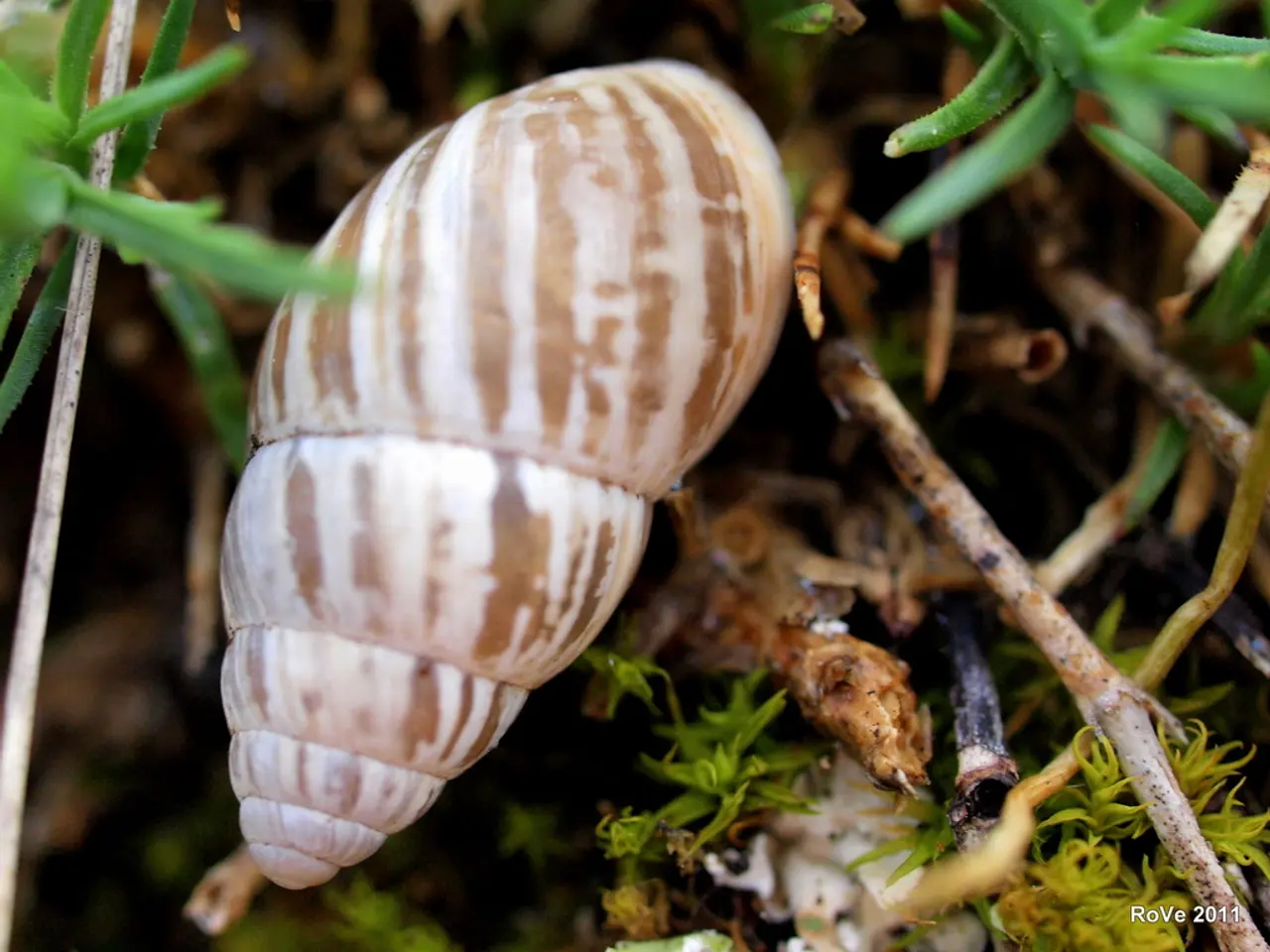Struggling survival of Thailand's dugongs due to lost seagrass habitat
Thailand's Dugong Crisis: A Call for Urgent Action
In response to the alarming decline in Thailand's dugong population, the Department of Marine and Coastal Resources (DMCR) drafted a four-part emergency response plan in November 2024. The crisis, which has seen a significant increase in dugong deaths over the past few years, has raised concerns among scientists and conservationists.
Over the past five years, many dugongs that washed out of the Andaman Sea were found to be emaciated. In 40% of cases, the exact cause of death could not be determined due to advanced decomposition. This has made it challenging to pinpoint the root cause of the crisis.
Dugongs, classified as vulnerable on The International Union for Conservation of Nature's Red List of Threatened Species, have been migrating to Phuket, Phang Nga, and Ranong provinces in search of seagrass, their primary food source. Sadly, these areas have also witnessed a massive seagrass die-off, with the Libong Archipelago Wildlife Reserve and the Hat Chao Mai National Park in Trang province being particularly affected by 2024.
According to a DMCR survey, Thailand had 273 dugongs in its surrounding waters in 2022. Based on recorded deaths alone, Thailand may have lost around one-third of that population. This ecological collapse has raised concerns among experts, who stress that without a deeper understanding of the causes, restoration efforts may fall short of providing a viable future for the dugong species.
Piyarat Khumraksa, a marine veterinarian, has been studying the issue for five years and attributes the massive die-off primarily to human activities such as entanglement in fishing nets and habitat degradation. These anthropogenic factors have historically been the leading causes of dugong population declines in the region.
Laddawan Sangsawang, who has overseen small-scale seagrass restoration for the DMCR, mentions that previous restoration efforts have faced challenges with species selection, technique, and local fishing practices. Seasonal dynamics are also not yet fully understood in seagrass restoration efforts. In some areas, restoration work overlaps with local fishing for shellfish that uses rakes, which can damage the grass.
To combat this crisis, the DMCR is studying what aquariums abroad feed captive dugongs and manatees as potential solutions for long-term feeding. They have also begun feeding leafy vegetables to dugongs around Phuket in November 2024 as a stopgap until their seagrass can be restored.
However, some researchers, like Stankovic, suggest that the seagrass die-off is not entirely human-caused, and the extent to which climate change is accelerating it remains unclear. This complex issue requires a multi-faceted approach to ensure the survival of Thailand's remaining dugong population.
The director-general of the DMCR, Pinsak Suraswadi, cites other factors, such as disease, grazing pressure from other species, and habitat damage from coastal developments, that could also be contributing to the crisis. The urgent need for a comprehensive understanding of the factors driving this ecological collapse is clear.
In the face of this crisis, it is essential that all stakeholders work together to save Thailand's remaining dugong population. The future of this unique and vulnerable species hangs in the balance.
Read also:
- Peptide YY (PYY): Exploring its Role in Appetite Suppression, Intestinal Health, and Cognitive Links
- Toddler Health: Rotavirus Signs, Origins, and Potential Complications
- Digestive issues and heart discomfort: Root causes and associated health conditions
- House Infernos: Deadly Hazards Surpassing the Flames








